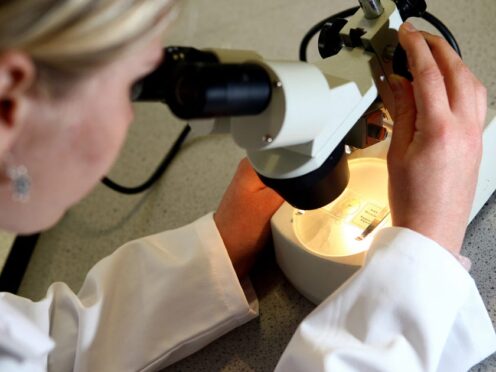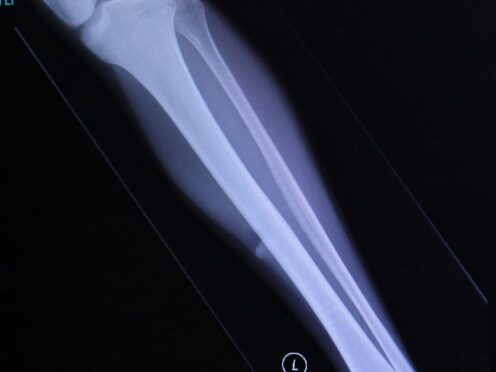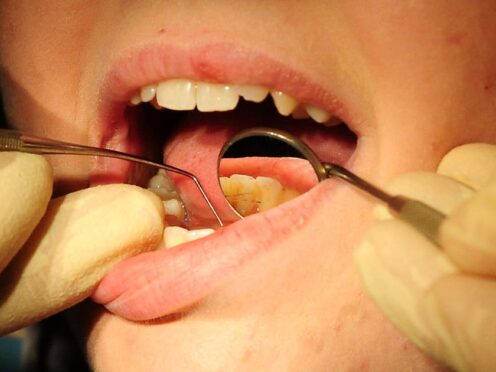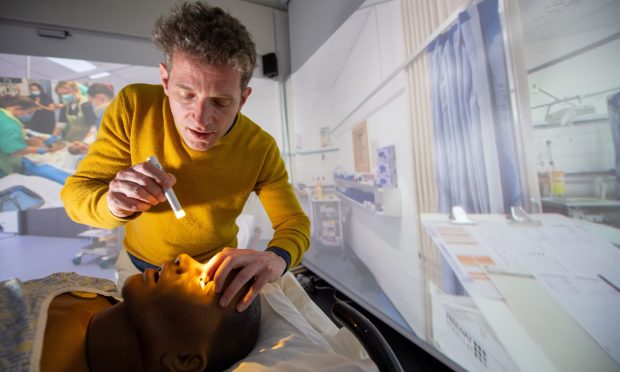You may be feeling smug in the knowledge that you’ve had your winter flu jab and are prepared for the onslaught of germs which inevitably make an appearance as the cold weather sets in, but there’s no vaccine against norovirus, also known as the winter vomiting bug.
From hot offices where you’re working in close proximity with colleagues to infected surfaces and poorly relatives – the winter vomiting bug is everywhere.
It can leave particularly vulnerable people severely unwell, from those recovering from surgery to the elderly.
While there’s no fail-safe method of not contracting the virus short of going into hiding for several months, there are some easy steps you can take to lower your chances and a little knowledge never hurt any- one.
GET CLUED UP: IT’S HIGHLY INFECTIOUS
In the UK, norovirus is the most common stomach bug, with between 600,000 and 1million people contracting it each year, explains GP Dr Roger Henderson.
“The virus is incredibly contagious and can be passed on through contact with an infected person, or contact with contaminated surfaces or objects. Faecal matter can also carry the virus, meaning it can be found on toilet seats and handles,” he explains.
“You can also get norovirus from contaminated food and water, especially bivalve molluscs, such as oysters, mussels, clams, cockles and scallops.”
As well as the obvious breeding ground of the office, other germ hotspots to be particularly wary of during the winter months include public transport, schools and cruise ships.
IT WILL BRING YOU DOWN FAST
Norovirus doesn’t take long to turn you into an extra from The Walking Dead; the virus particles are extremely fast-acting, and are usually ingested through either your mouth or nose. It has a very short incubation period, and once you’ve come into contact with the virus, it only takes 12-48 hours for symptoms to kick in.
It hits the stomach first, but it’s only when norovirus arrives at the small intestine that it really begins to multiply (this is generally when you start to feel the first twinges of nausea). Much like a parasite, the virus is not able to operate as a single agent – it needs living cells to feed from. Once it’s gained control, it’s able to spread like wildfire by attaching itself to healthy cells in the lining of the intestine.
During this early incubation period, the infected cells explode, producing replicas of the virus and releasing more infected particles into the bloodstream.
YOU’LL SUFFER FOR 48 HOURS
At this point, you’ll begin to feel very unwell, as your body’s immune system twigs that something isn’t quite right and begins to produce antibodies to fight the infected cells.
You may experience sudden projectile vomiting and watery diarrhoea as your body attempts to fight the infection. While this may be alarming in its unpleasantness, these are your body’s natural trigger-responses, as your immune system toils to flush the particles out of your body. (The irony is, though, the worst side-effects of norovirus that keep us glued to the toilet are, in fact, completely pointless, as the virus affects the small intestine, not the stomach, which means vomiting and diarrhoea do very little to help.)
As well as the dreaded toilet runs, Dr Henderson notes that you may experience stomach cramps, abdominal pain, fatigue and a mild fever while you’re contagious.
The good news is, norovirus tends to leave as quickly as it arrives, usually lasting one to two days. People generally find they continue to feel weak for a few days afterwards, as the immune systems works overtime to battle against the infection, gradually locating the infected cells and deactivating them.
RECOVERY TAKES A WHILE
At this point, you’re probably wondering if there’s something you can do to speed up the recovery process. The short answer is no.
“There is no specific treatment for the virus but to let the illness run its course,” says Dr Henderson. “While the symptoms are not pleasant, most people make a full recovery within a few days. Both vomiting and diarrhoea cause loss of water from the body, so you need to drink plenty of liquids to replace lost fluids. Antidiarrheal medicines such as loperamide can ease symptoms, while paracetamol helps aches and pains.”
You might be tempted to rush straight back to work once the vomiting quells, but Dr Henderson advises staying at home until 48 hours after the symptoms have passed, otherwise you still run the risk of passing the virus on to others.
“Because it is highly contagious, the best thing is to stay at home and away from public places – including your doctor’s surgery. You should also disinfect all surfaces that have been contaminated by the virus, such as toilets, bedding and walls.”
THERE ARE WAYS TO KEEP THE VIRUS AT BAY
So how do you avoid getting sick during the cheeriest of seasons? Christmas is all about coming together, and nobody wants to be confined to their quarters like a Scrooge all winter.
Your best course of action is to practice good hygiene. Washing your hands after using the toilet should involve a good scrub with anti-bacterial soap, not just a quick splash of water before you run out of the bathroom.
“Consider wearing gloves when travelling on public transport and avoid touching your face and mouth with your hands,” adds Dr Henderson.
Norovirus is also good motivation for an early spring clean. Scour your surfaces, but don’t overlook places that might have been touched by a sick partner, colleague or family member, such as remote controls, phones, doorknobs and keyboards.
The virus can linger on hard surfaces for days and withstand many basic anti-bacterial sprays, so throw on your Marigolds and start scrubbing with a diluted bleach solution. Your colleagues will certainly thank you.










